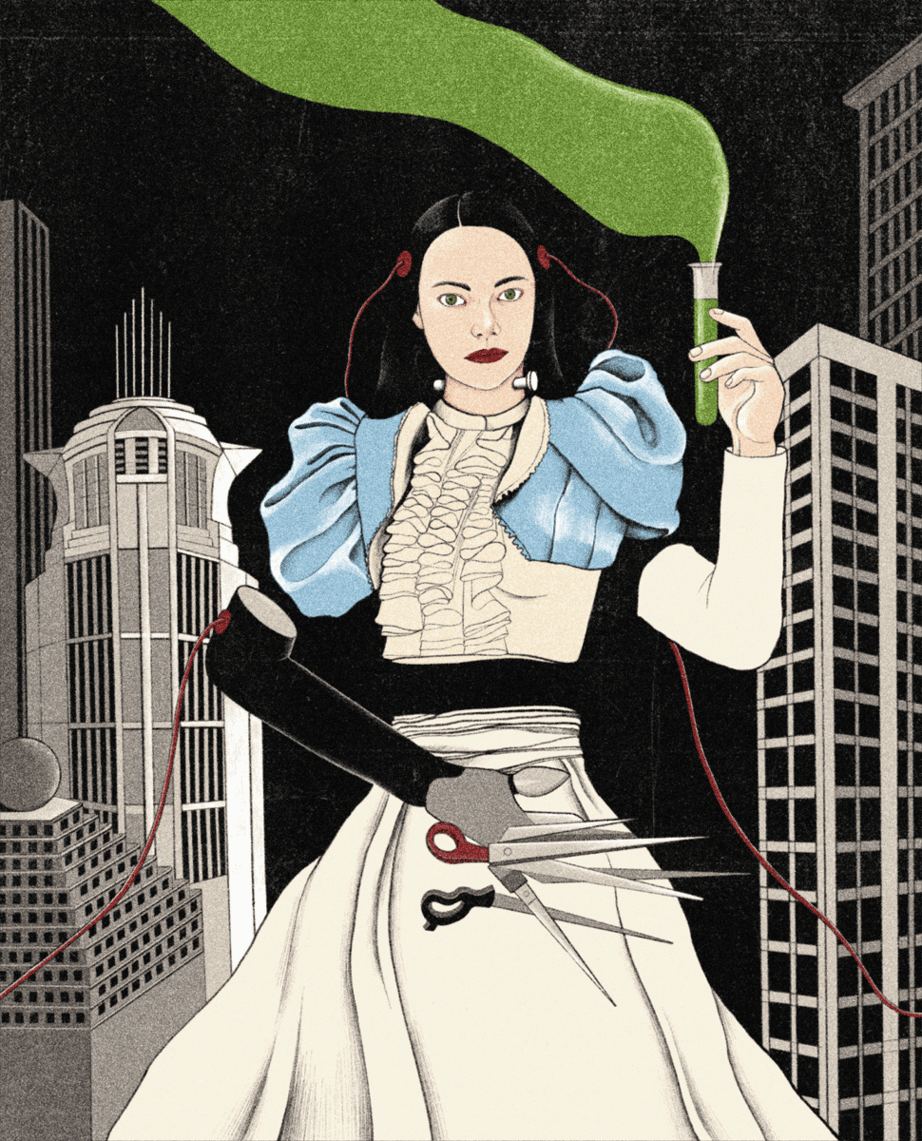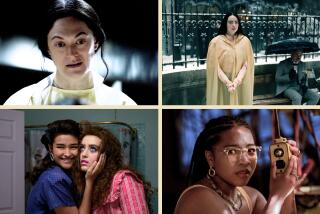Monster Frankenstein’s Doctor : GOTHIC ROMANCE <i> by Emmanuel Carrere translated from the French by Lanie Goodman (Charles Scribner’s Sons: $19.95; 269 pp.) </i>
- Share via
Emmanuel Carrere’s “Gothic Romance” turns the dicta of contemporary literary theory into a sardonic mystery novel; a play of twists and reverses that mocks the frontier between the fictional and the real. It is what Umberto Eco did in “Foucault’s Pendulum,” and the two novels much resemble each other.
Both are consistently and sometimes joyously clever; both are remarkably good at creating a world of suspense. And in both, the deconstructionist or deflationary process--the joke to the effect that no figure in the story is any more real than something this figure may be imagining or making up a story about--is a series of interlocking traps that spring at length and with maddening deliberateness.
For his variation on the theme that anything written is an invention--even history and biography, because although the events and personages existed, the way they are presented and written about is the writer’s choice--Carrere uses “Frankenstein” and the circumstances of its composition.
Part of the novel, accordingly, is set in the early 19th Century at Lake Geneva, where Byron, Shelley and Mary Shelley shared adjoining houses and many rainy evenings. After a housebound spell of telling ghost stories, each decided to try writing one. Only Mary Shelley persisted; the result is a classic, far better known today than its author. This suits Carrere’s purpose: the fictional work usurps its author. And the joke is double, of course. We have all made the mistake of assigning the name of the monster’s creator--Dr. Frankenstein--to his creation.
To his historical literary trio, Carrere introduces a fourth personage: Byron’s doctor and secretary, J. William Polidori. (A similar enlargement of the forgotten Polidori was central to Paul West’s 1988 novel, “Lord Byron’s Doctor.”) Carrere’s Polidori is a drug-ruined wreck, a would-be writer, vain and fiercely jealous of his employer, as well as of the Shelleys. He claims, in fact, to have provided the inspiration for Mary’s “Frankenstein”; and when hers is a success, he writes an alternative version.
Carrere has made a witty pastiche in his alternative, the Polidori Frankenstein. Instead of constructing a creature and bringing it to life, this Frankenstein uses his wife, Elizabeth. He has to kill her first; she comes back full of life, though with a ruthless, wanton edge, and with eyes that have turned black. She promptly kills Frankenstein’s brother, and the maid is then hanged for it. Frankenstein revives them both; they return, oddly fierce and, again, with black eyes.
To Frankenstein’s growing dismay, the killings continue and he is forced to go on with his work of revival. Before long, the entire city of Edinburgh--the household has moved there--is full of black-eyed zombies, and it’s only a matter of time before Frankenstein himself will unwillingly become one of them.
So much for the story. But it bleeds into the life of the Shelley circle. The Frankensteins meet the Shelleys one day at a Geneva hotel. Elizabeth tells Mary a cover story about her husband’s work. To make sure this story will stick, and to mask the gradual takeover by the black-eyes, Mary is killed and then revived as a black-eye herself. She goes to work dutifully writing the pseudo-Frankenstein we read today.
And then, this whole now-you-see-it-now-you-don’t fiction-reality is hauled up into the present. Anne, a young woman living in Paris, is employed by a mysterious Captain Walton to write romances. One day, he gives her the manuscript of the Polidori Frankenstein to keep safe. It is stolen, and she is kidnapped for her own safety by Julian, another mysterious character, who tells her that the black-eyes--now 98 % of the world’s population--are after her.
Captain Walton, of course, is also the narrator in Mary Shelley’s book. And now, in Anne’s misadventures, he is both her real-life patron and one present-day manifestation of Polidori. Julian seems to be an alternate Polidori and also Lord Byron. Allan, Anne’s lover, is Shelley. Not only has fiction (the Frankenstein stories) seeped into and taken over historical reality--Byron and the Shelleys at Lake Geneva--but both have now seeped into and taken over the contemporary “reality” that Anne represents.
There are other elegant complications--so many that these individually striking voices entangle and sink into a kind of heavy buzzing. Only God or Nature could make a bumblebee fly; fiction, I believe, needs more wing span in proportion to buzz-weight.
More to Read
Sign up for our Book Club newsletter
Get the latest news, events and more from the Los Angeles Times Book Club, and help us get L.A. reading and talking.
You may occasionally receive promotional content from the Los Angeles Times.









